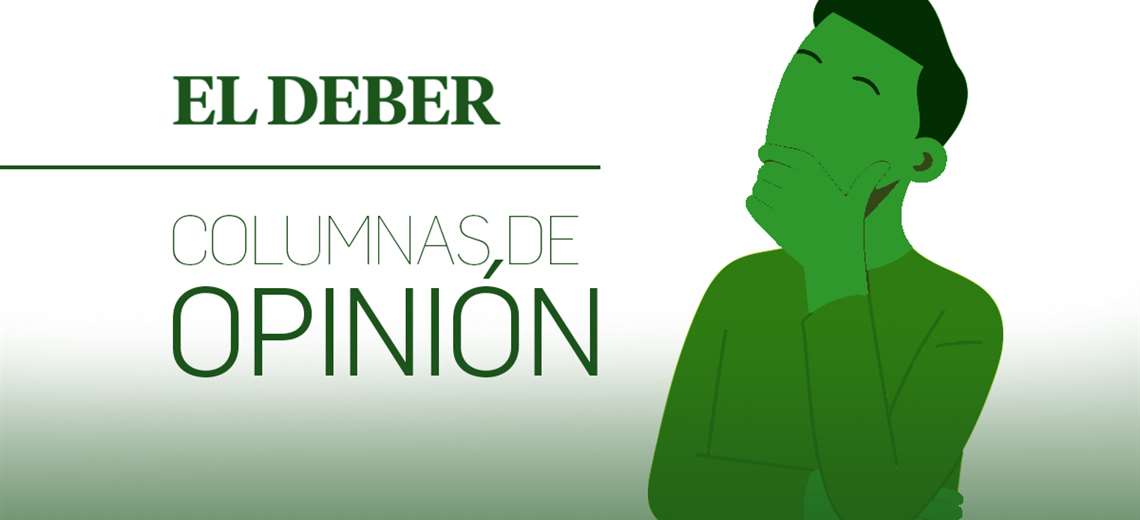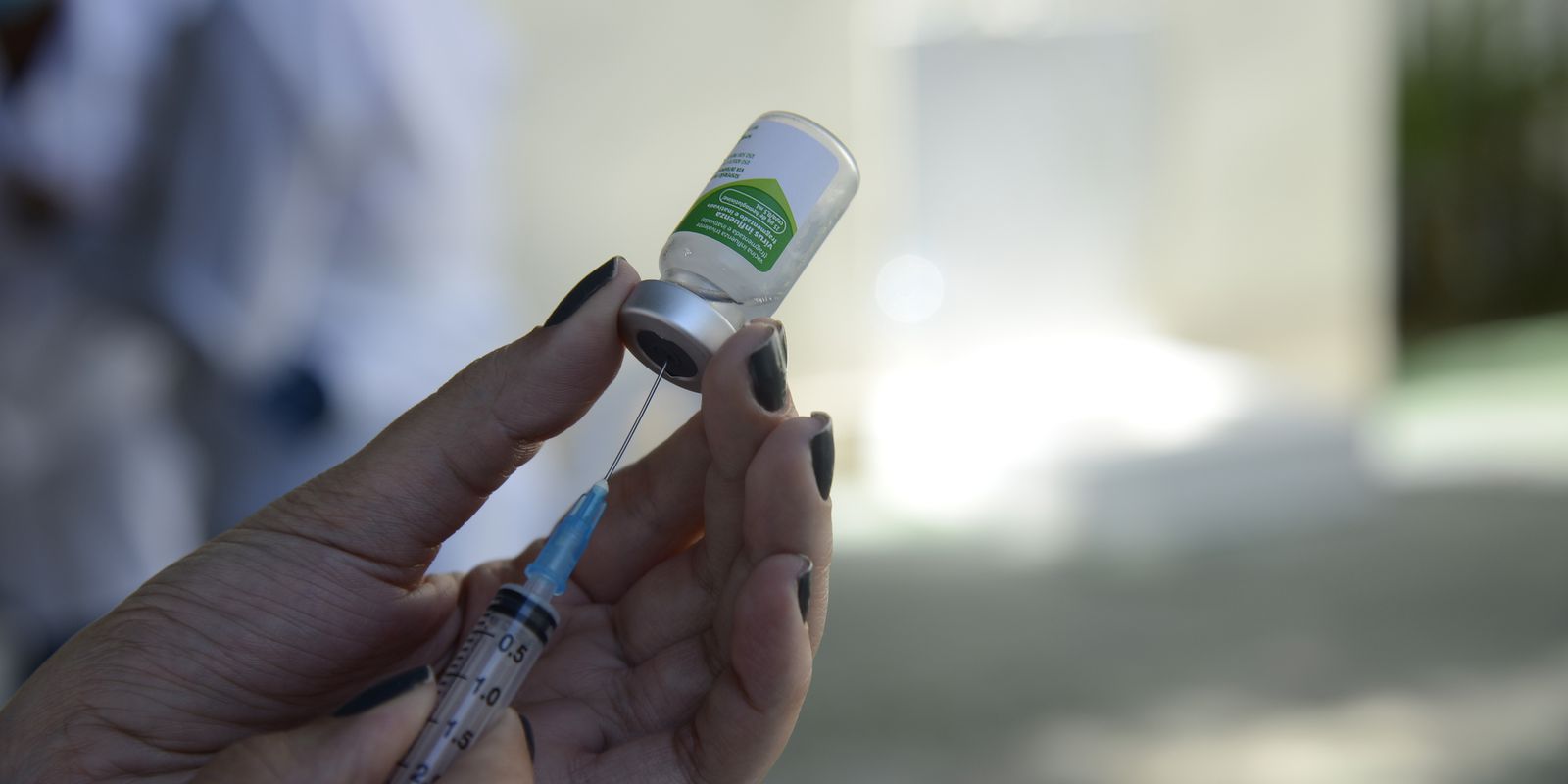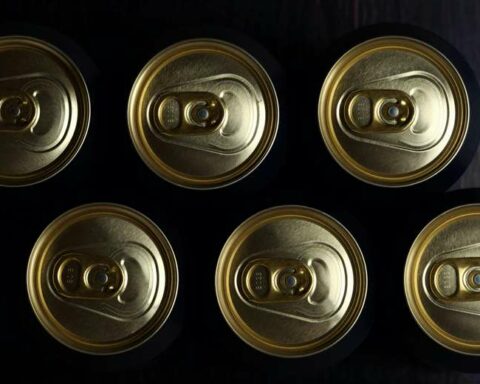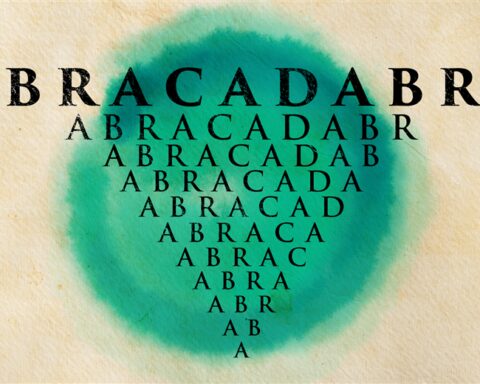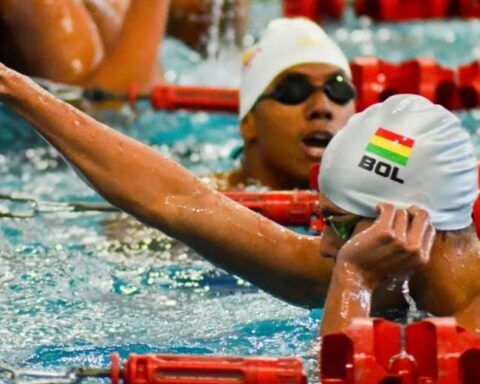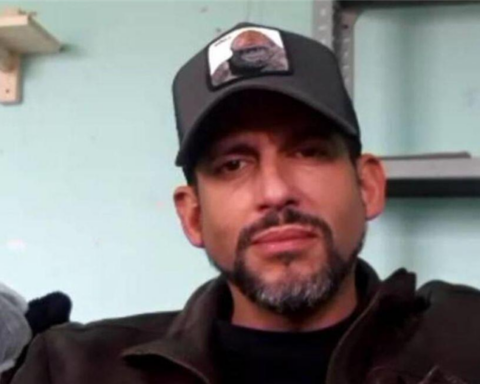Development models focused on the relationship with nature and the environment evolved from modernity in a process that went through four perspectives: economics, human development, development with sustainability and Living Well. All in force in the world, although the last one has not yet been assumed, except timidly in very few places. In Bolivia it is not well understood, and it is applied by the government party only in its speech.
The economic development model assumes that people’s well-being has to do almost exclusively with economics. So are liberalism (A. Smith, 1776) and socialism (K. Marx, 1867). Faced with the criticism that the first was too unfair with the well-being of all people and that the only thing that mattered to him was that the capitalists earn as much money as possible, even at the expense of the people, the second proposed taking over the State , appropriate all the production apparatus so that the Government is the only employer and, in this way, generate social equality, by providing employment and benefiting everyone equally. The development indicator of the economic model is the Gross Domestic Product Index (GDP). It was objected to being extremely anthropocentric and, despite this, not contemplating other areas of integral development.
At the arrival of the era of human rights, in the face of fierce struggles between these two economic systems, the Human Development model emerged (A. Sen and UNDP, 1990). This, going beyond the purely economic perspective, also incorporates territorial and social development, considering the comprehensiveness of human rights. The development indicator of this model is the Human Development Index (HDI). The criticism of this conception is that, although it is already more comprehensive, it continues to be highly anthropocentric.
The aforementioned paradigm evolved and the Sustainable Development model emerged almost simultaneously (H. Brundtland and UN, 1987 and 2015). Given that almost all of the inputs for production and for human development in general come from nature (eco-dependence), the model pays attention to caring for the environment and the sustainability of development. It proposes, so that nature’s inputs are not exhausted and to protect humans from their own destruction, that what is cut down be replaced, that food be raised and cultivated instead of hunting and extracting from nature, and that avoid contaminating the air, water, land and the environment in general. The criticism of this model is that, despite its focus on sustainability, it is still anthropocentric: the environment is part of human rights. It conceives that human beings have the right to a healthy environment and that other living beings exist only for their benefit, being only resources to be exploited. That is why he refers to all of this as “natural resources”. The Sustainable Development model does not yet have an indicator of quality of life such as GDP and HDI.
After these criticisms, inspired by the conceptions of many indigenous peoples of the world, the model of Living Well emerges. In this, nature is no longer conceived as an object, but as a subject. Therefore, as a bearer of its own rights. For that reason, a subject denomination was assigned to it: Mother Earth, in translation of Pachamama, Gaia and other names given to it by the ancestral peoples of the world.
Living Well is the balance between human rights and those of nature; the balance between integral human development and the integral development of natural ecosystems. Unlike human rights, which are individual (although there are also diffuse and collective rights), the rights of nature are collective in nature. That is, those who have rights are not each of the living species, but natural ecosystems. Species can be protected individually to the extent of their relationship with the ecosystem of which they are a part.
Coherently, the application of Living Well implies designing a universal system of the rights of nature (in the UN) and continental systems (in the OAS, etc.), just as they exist for human rights. In the countries, the incorporation of a catalog of rights of nature in the respective constitutional norms, and the issuance of laws that develop them, as well as justice systems for the institutional and jurisdictional defense of such rights, separately from that of human rights. Thus, if an Ombudsman works, a Nature Ombudsman would have to work; if there are courts for the defense of human rights, there should be others for the defense of those of nature, as well as executive and legislative management units in governments.
Bolivia still does not apply the Living Well quality of life model, but only in discourse, and in a timid advance in the abstract. The country does not contemplate a catalog of the rights of nature in its Constitution. It is only incorporated into Vivir Bien as a value and principle (art. 8), but not in the normative development. Although two laws were issued -the 300 of Mother Earth and the 071 of the Rights of Mother Earth-, they are unclear and the institutional and jurisdictional guarantees for their fulfillment were not developed. The design of this is still in the style of sustainable development. For this reason, there is only an Agro-environmental Court and environmental units in the executive bodies, and similar commissions in the legislative bodies. Living Well in Bolivia is still a discourse, one so repeated during the periods of President Evo Morales, that it basically became a cliché attributed to the MAS-IPSP. Although this apparently did not prevent the Citizen Community alliance -from the opposition- in the general elections of 2020 from using the colors of Vivir Bien (orange, which represents human rights, and green, which represents the rights of nature) as its identity emblem.
It is necessary for Bolivia and the world, regardless of partisan positions, to advance much more decisively in the implementation of Vivir Bien, beginning with its constitutionalization, in addition to its effective legislation and its material implementation. This is what the planet itself demands with increasing fury.

